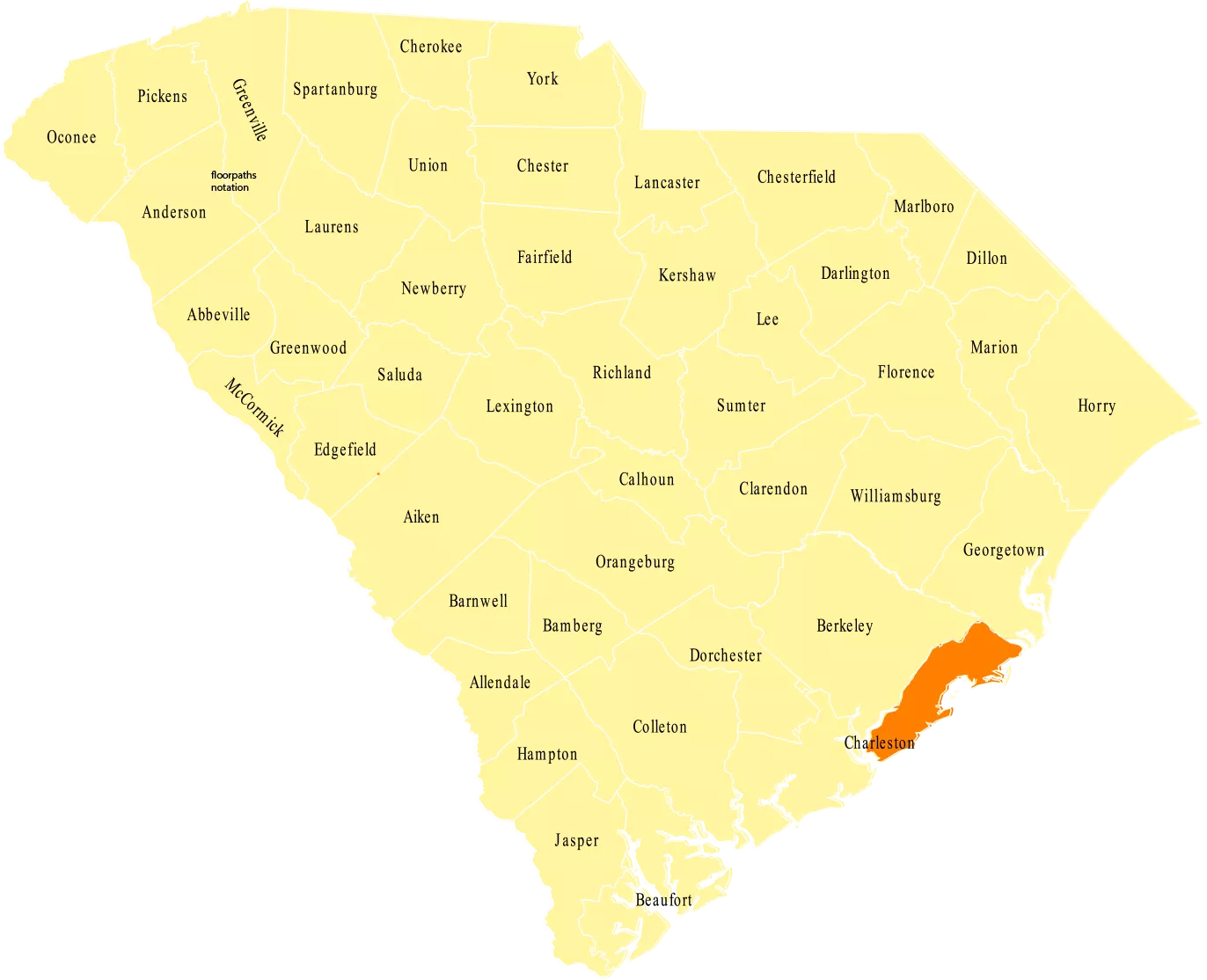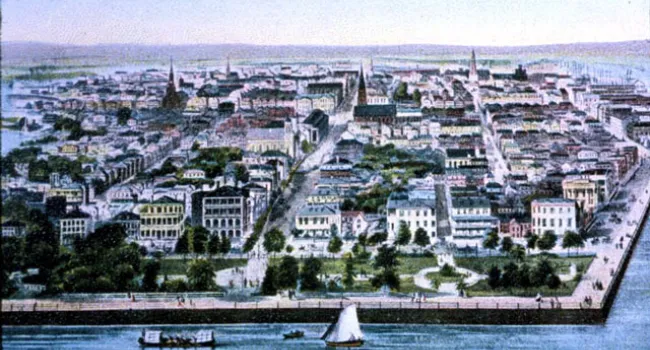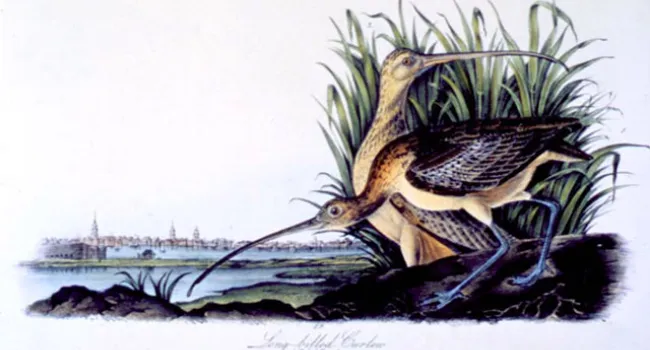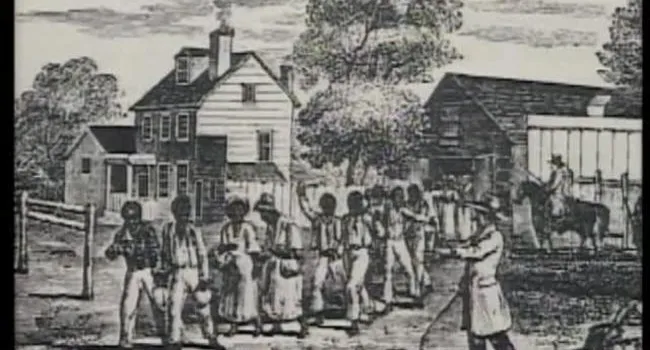
Photo
The ruins of the Circular Congregational Church, photographed in 1865, show the devastation that fire and war brought on the city of Charleston. Courtesy of the Library of Congress.
“Charleston County and the city of Charleston, its county seat, are the most historic locations in the state.” Situated in the Lowcountry, the county serves as a popular vacation destination but also relies on the business that results from its port. The area in general serves as a large cultural and economic hub for the state.
Charleston County was founded as Charleston District in 1769, and the district became smaller after some of its lands were used to create Colleton and Berkeley counties. The county and its seat were named after King Charles II.
The city and county are saturated with Revolutionary War and Civil War history. Three signers of the United States Constitution and two famous abolitionists resided in Charleston County, and the Civil War began when soldiers fired shots from the county’s Fort Sumter.

Photo
The ruins of the Circular Congregational Church, photographed in 1865, show the devastation that fire and war brought on the city of Charleston. Courtesy of the Library of Congress.
Photo
This birds-eye view of Charleston, drawn and engraved in 1853, was widely reproduced in "Harper's Illustrated Weekly" for the next decade; it became the visual image most outsiders had of what the...
Photo
The artist James Audubon (see John James Audubon) first came to Charleston in late October of 1831, and was so welcomed by its citizens, particularly the Reverend John Bachman (see John Bachman) that...
Photo
"An Exact Prospect of Charles Town, the Metropolis of the Province of South Carolina," was engraved for the London Magazine in 1762, based on a painting of the bustling colonial commercial city in...
Photo
A plan of Charles Town in 1704, drawn by Edward Crisp, and used as an insert map to a larger map of the province of Carolina, published in London in 1711. This copy is a reproduction of the original...
Photo
The town of Camden was one of the first official settlements to be laid out in the interior of South Carolina in the 1730s. Settlers flooded into the backcountry during the quarter century of peace...
Photo
Pelicans nest in the Cape Romain Wildlife Refuge on Bulls Island in 1944. Photo by William Baldwin for the U.S. Biological Survey. Courtesy of the National Archives and Records Administration.
Video
Plantation owners demanded more than just obedience from their slaves. They also demanded things like loyalty, respect, love, and duty. Whippings, and solitary confinement, were common punishments for...
Video
The "Slave Task System" was a widely adopted system in which each worker would have a set of tasks to complete on a daily basis.
Video
Several dangers to rice crops included hurricanes, floods from the mountains, and swollen rivers. Damage ranged from minor, to total devastation. Animals, such as rice weevils, crows, and ducks, also...